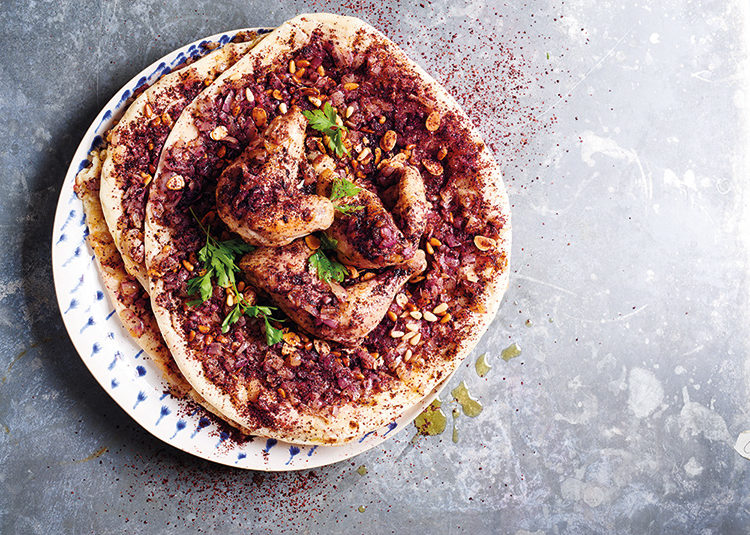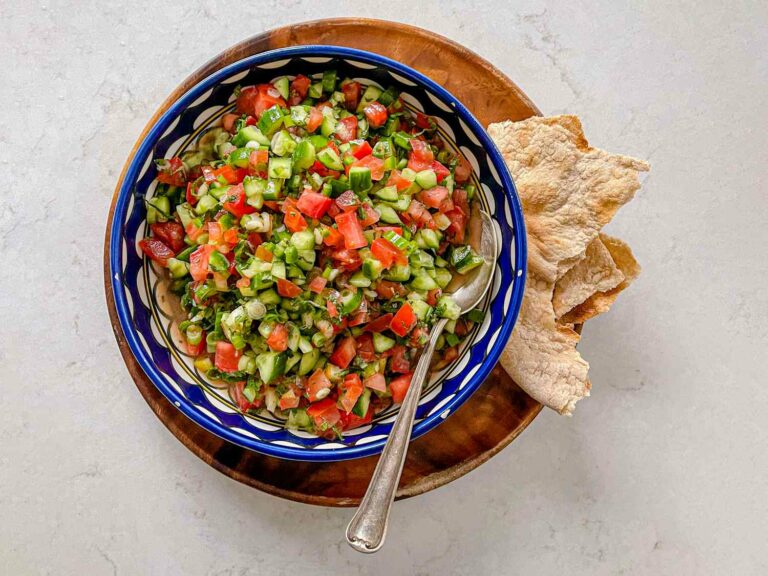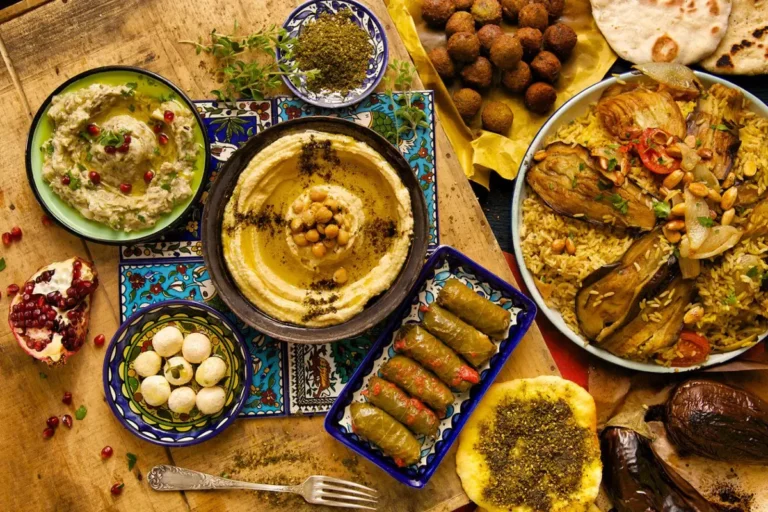Introduction: Street Food in Palestine
Street food is an integral part of Palestinian cuisine and culture. It is a popular and traditional way of eating that has been passed down through generations. Palestinian street food is a reflection of the country’s history, geography, and cultural diversity. It is diverse, flavorful, and affordable, making it accessible to all. Street food vendors can be found on almost every street corner, selling a variety of dishes, from savory to sweet.
Traditional Palestinian Dishes Sold on the Street
Some of the most popular Palestinian street food dishes include falafel, hummus, shawarma, and manaqeesh. Falafel is a deep-fried ball made of ground chickpeas, onion, and spices, served in a pita bread with vegetables and tahini sauce. Hummus is a chickpea dip made with tahini, garlic, and lemon juice, served with pita bread. Shawarma is roasted meat (usually chicken or lamb) served in a pita bread with vegetables and sauces. Manaqeesh is a cheese or herb-filled pastry that is baked or cooked on a griddle. Other popular dishes include musakhan (a chicken and bread dish), fatayer (a spinach or meat-filled pastry), and knafeh (a sweet cheese pastry).
Popular Food Markets and Vendors in Palestine
Some of the most popular food markets and vendors in Palestine include the Old City of Jerusalem, Bethlehem’s Manger Square, Nablus’s Souq Al-Tin, and Ramallah’s Al-Manara Square. These places offer a variety of street food dishes, as well as fresh produce, spices, and other food items. Street food vendors are also found in smaller towns and villages, where they sell traditional, homemade dishes.
Palestinian Street Food and Its Cultural Significance
Palestinian street food is not only a source of nourishment but also a reflection of the country’s heritage and culture. The dishes served on the street are often the same ones that have been prepared in Palestinian homes for generations. Street food vendors are also an important part of the community and often serve as informal ambassadors of Palestinian culture. The act of sharing food with others is deeply ingrained in Palestinian culture and is seen as a way of building and strengthening relationships.
Challenges and Opportunities Facing Palestinian Street Food
The Palestinian street food scene faces several challenges, including competition from fast-food chains and regulations that can make it difficult for vendors to operate legally. However, there are also opportunities for growth and development. Palestinian street food has gained popularity among tourists, and many vendors are now using social media to reach a wider audience. Additionally, there is an increasing interest in Palestinian cuisine among food bloggers and chefs, which has led to greater exposure for Palestinian street food.
Future of the Street Food Scene in Palestine
The future of the Palestinian street food scene looks promising. Despite the challenges, there is a growing interest in authentic and traditional cuisine, which bodes well for street food vendors. In addition, there are efforts to provide training and support to street food vendors, which can help improve the quality of the food and the overall experience for customers. With its rich culinary heritage and diverse range of dishes, Palestinian street food is well-positioned to thrive and continue to be an important part of Palestinian culture.






